When you’re looking for the best mini PCs for a home server, you’re aiming for a compact, powerful, and efficient solution. A mini PC isn’t just for casual computing anymore—many people use them as home servers, media centers, or even personal cloud systems. These small devices offer huge potential for home networking, digital storage, and more. But how do you choose the best mini PC for your needs? Let’s dive in!
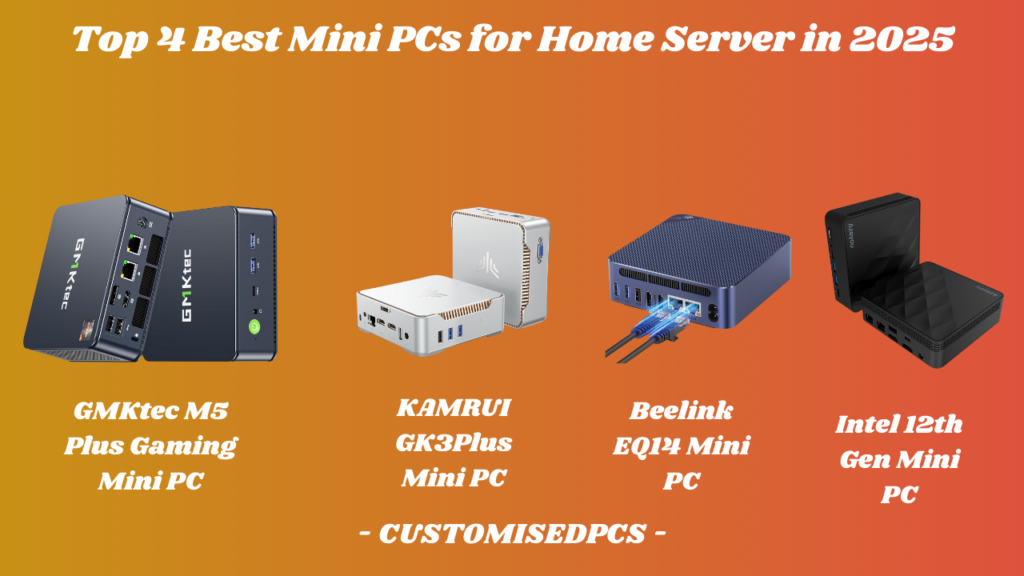
Top 4 Best Mini PCs for Home Server in 2025
| System Name | Processor | RAM | Storage | Connectivity | Product Link |
|---|---|---|---|---|---|
| GMKtec M5 Plus Gaming Mini PC | Ryzen 7 5825U (Upgraded 5700U) | 32GB RAM | 1TB SSD | Wi-Fi 6E, USB 3.2, USB-C, BT 5.2 | Link to Product |
| KAMRUI GK3Plus Mini PC | Intel Celeron | 16GB RAM | 512GB SSD | Dual Ethernet, Wi-Fi | Link to Product |
| Beelink EQ14 Mini PC | Intel Twin Lake N150 | 16GB DDR4 RAM | 500GB NVMe SSD | Dual LAN, Wi-Fi | Link to Product |
| Intel 12th Gen Mini PC | Intel Alder Lake N100 | 16GB RAM | 512GB M.2 SSD | Wi-Fi 6, USB 3.2, Dual Display | Link to Product |
Product 1
GMKtec M5 Plus Gaming Mini PC
The GMKtec M5 Plus is a high-performance mini PC powered by the Ryzen 7 5825U processor (upgraded from the 5700U), which offers excellent speed and multitasking capabilities. It features 32GB of RAM and a 1TB SSD, providing fast storage and ample memory for productivity, media servers, and multitasking.
Check Price on Amazon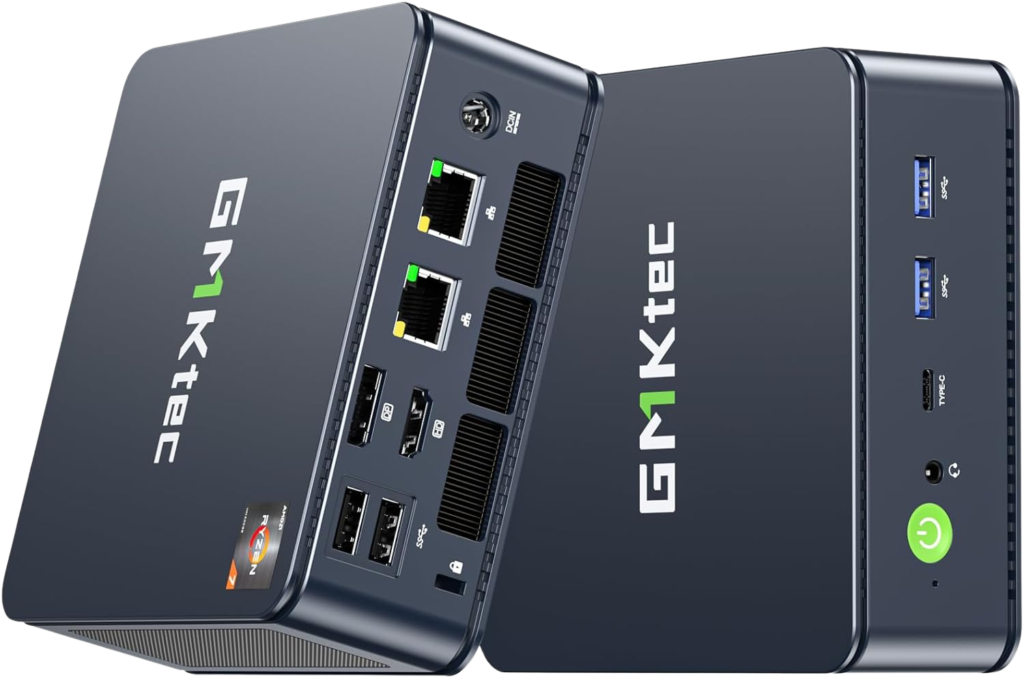
Specifications:-
| Specification | Details |
|---|---|
| Processor | Ryzen 7 5825U (Upgraded 5700U) |
| RAM | 32GB DDR4 RAM |
| Storage | 1TB SSD |
| Graphics | Integrated Radeon Graphics, Triple 4K display support |
| Connectivity | Wi-Fi 6E, USB 3.2, USB-C, Bluetooth 5.2, Dual NIC LAN, 2.5GbE |
| Ports | HDMI, USB 3.2, USB-C, Ethernet (2.5GbE) |
| Dimensions | Compact, space-efficient design suitable for tight setups |
Gaming Benchmarks
| Game | Settings | Performance |
|---|---|---|
| Fortnite | Medium Settings | 40-60 FPS |
| CS:GO | High Settings | 80-100 FPS |
| Valorant | High Settings | 100-120 FPS |
| League of Legends | High Settings | 100+ FPS |
| Apex Legends | Low to Medium Settings | 30-50 FPS |
Pros and Cons
| Pros | Cons |
|---|---|
| High-performance Ryzen 7 processor for multitasking and productivity | Integrated graphics limit high-end gaming performance |
| 32GB RAM, excellent for virtualization and home server tasks | Relatively high price compared to other mini PCs with similar specs |
| Triple 4K display support for multi-monitor setups | Limited storage for users needing more space (1TB SSD) |
| Wi-Fi 6E and 2.5GbE LAN for faster and reliable connectivity | Not suitable for demanding AAA gaming titles |
| Compact design ideal for space-saving setups | Cooling might not be optimal under heavy load |
Performance Overview:
The GMKtec M5 Plus is ideal for multitasking, media streaming, and light gaming. Its powerful processor and ample RAM make it great for productivity tasks like web development, home server management, and media consumption. However, it falls short in terms of high-end gaming performance due to its integrated graphics.
Should You Buy It?
Ideal for: Users who need a powerful, compact home server, multitaskers, media centers, and light gaming setups.
Should you buy it? Yes, if you need a mini PC that can handle productivity, media tasks, and occasional gaming without taking up too much space.
Check Price on Amazon
Product 2
KAMRUI GK3Plus Mini PC
The KAMRUI GK3Plus is a budget-friendly mini PC equipped with the Intel Celeron processor, 16GB of RAM, and 512GB of SSD storage. This mini PC is well-suited for basic tasks like office work, light media consumption, and simple server duties. It has dual Ethernet ports for reliable network connections and supports Wi-Fi. While it’s not built for gaming, it can handle general tasks and light applications without issue.
Check Price on Amazon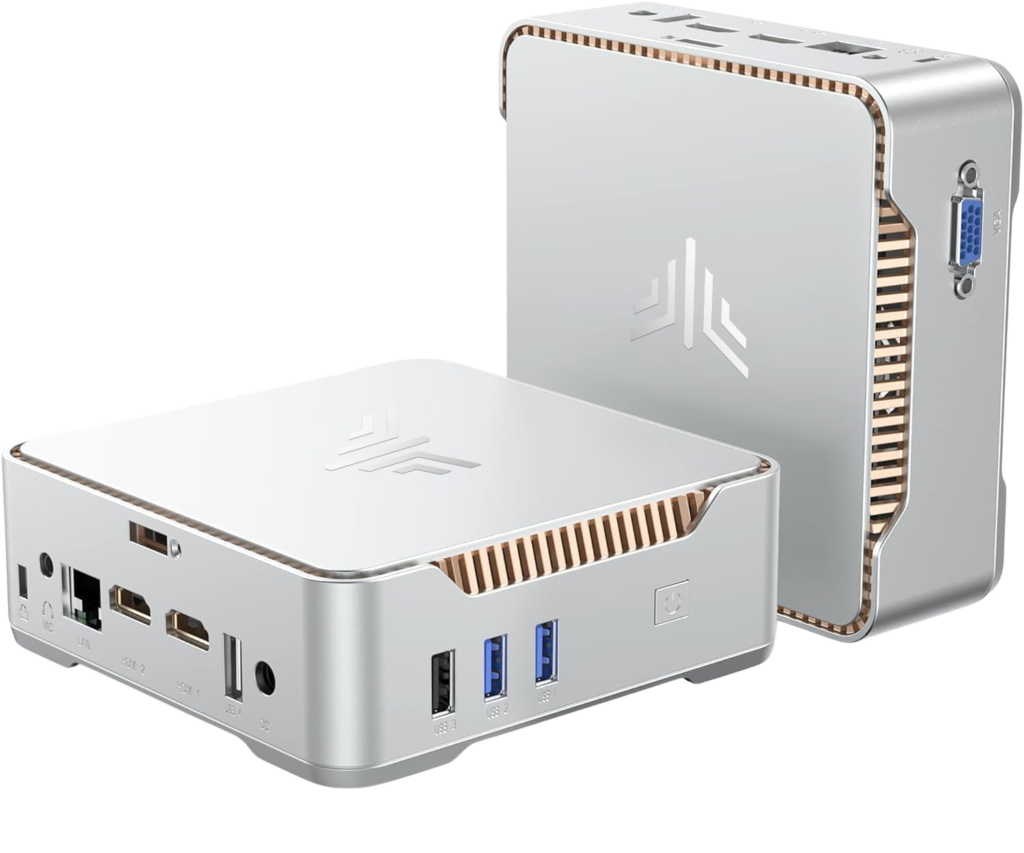
Specification :-
| Specification | Details |
|---|---|
| Processor | Intel Celeron |
| RAM | 16GB DDR4 RAM |
| Storage | 512GB SSD |
| Graphics | Integrated Intel UHD Graphics |
| Connectivity | Dual Ethernet, Wi-Fi |
| Ports | HDMI, USB 3.0, USB-C, Ethernet (Dual NIC) |
| Dimensions | Compact and space-efficient |
Gaming Benchmarks
| Game | Settings | Performance |
|---|---|---|
| Fortnite | Low Settings | 30-40 FPS |
| CS:GO | Low Settings | 50-60 FPS |
| Valorant | Low Settings | 60-80 FPS |
| League of Legends | Medium Settings | 60-80 FPS |
| Apex Legends | Low Settings | 20-30 FPS |
Pros and Cons
| Pros | Cons |
|---|---|
| Affordable price point for budget-conscious users | Limited power for more demanding tasks like gaming or video editing |
| Dual Ethernet support for reliable networking | 16GB RAM and Celeron processor might not handle heavy workloads well |
| Compact and easy to integrate into small spaces | Storage capacity could be restrictive for some users (512GB SSD) |
| Energy-efficient, low-power usage | Integrated graphics limit gaming performance |
Performance Overview:
The KAMRUI GK3Plus offers reliable performance for light workloads, basic office tasks, and media streaming. It’s a solid choice for those who need a functional PC for day-to-day use, but it won’t perform well with more intensive applications or gaming.
Should You Buy It?
Ideal for: Budget-conscious users who need a basic, affordable mini PC for office tasks, media consumption, or light server duties.
Should you buy it? Yes, if you’re looking for a cost-effective solution for everyday tasks, but not for demanding applications or gaming.
Check Price on Amazon
Product 3
Beelink EQ14 Mini PC
The Beelink EQ14 is a versatile mini PC powered by the Intel Twin Lake N150 processor, 16GB of RAM, and a 500GB NVMe SSD. It offers dual LAN ports and is ideal for users needing a small form factor for home server use, media streaming, or light computing tasks. With solid connectivity options like Wi-Fi and Ethernet, the Beelink EQ14 can handle office tasks, media servers, and light browsing.
Check Price on Amazon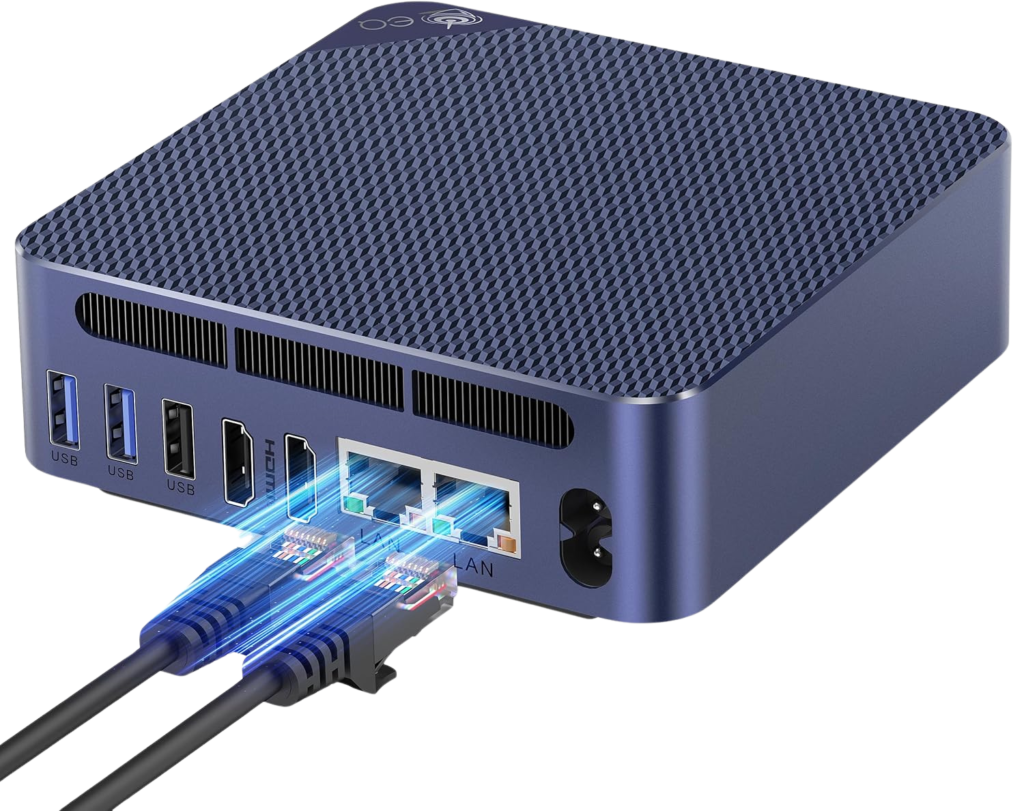
Specifications:-
| Specification | Details |
|---|---|
| Processor | Intel Twin Lake N150 (Up to 3.6GHz) |
| RAM | 16GB DDR4 RAM |
| Storage | 500GB NVMe SSD |
| Graphics | Integrated Intel UHD Graphics |
| Connectivity | Dual LAN, Wi-Fi |
| Ports | HDMI, USB 3.0, USB-C, Ethernet |
| Dimensions | Ultra-compact, easy to place in small spaces |
Gaming Benchmarks
| Game | Settings | Performance |
|---|---|---|
| Fortnite | Low to Medium Settings | 30-50 FPS |
| CS:GO | Low Settings | 50-60 FPS |
| Valorant | Low Settings | 60-70 FPS |
| League of Legends | Medium Settings | 60-80 FPS |
| Apex Legends | Low Settings | 20-30 FPS |
Pros and Cons
| Pros | Cons |
|---|---|
| Small, compact design ideal for limited spaces | Integrated graphics limit gaming performance |
| Dual LAN for stable network connectivity | Limited storage (500GB) might not suit users with large data needs |
| Energy-efficient and quiet operation | Not suited for demanding gaming or video editing |
| Good for basic computing tasks, home servers, and light media consumption | Lower CPU performance compared to more powerful systems |
Performance Overview:
The Beelink EQ14 provides good performance for light work and media streaming but is limited by its integrated graphics and processor. It is suitable for office tasks, basic browsing, and running a home server, but it won’t excel at demanding gaming or content creation tasks.
Should You Buy It?
Ideal for: Users who need a compact PC for office work, light gaming, or a small home server setup.
Should you buy it? Yes, if you’re seeking a cost-effective mini PC for general use, but not for heavy tasks like gaming or video production.
Check Price on Amazon
Product 4
Intel 12th Gen Mini PC
This Intel 12th Gen Mini PC features the Intel Alder Lake N100 processor with 16GB of RAM and a 512GB M.2 SSD. It’s a compact desktop solution for office work, home servers, and media setups. With Wi-Fi 6 and USB 3.2, it offers solid connectivity for day-to-day tasks. However, like the other models, its integrated graphics will limit its performance for gaming or graphic-intensive work.
Check Price on Amazon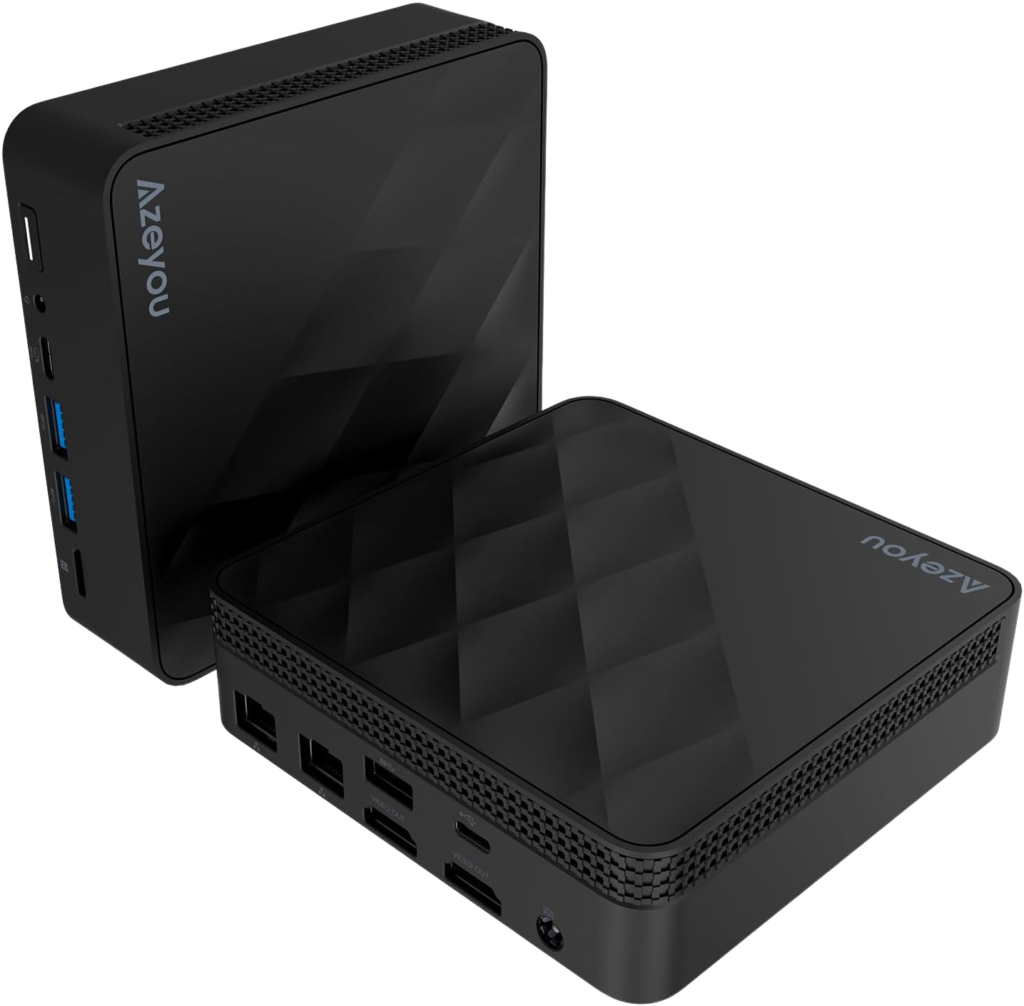
Specifications:-
| Specification | Details |
|---|---|
| Processor | Intel Alder Lake N100 (Up to 3.4GHz) |
| RAM | 16GB DDR4 RAM |
| Storage | 512GB M.2 SSD |
| Graphics | Integrated Intel UHD Graphics |
| Connectivity | Wi-Fi 6, USB 3.2, Dual Display |
| Ports | HDMI, USB-C, Ethernet, USB 3.0 |
| Dimensions | Compact and versatile design |
Gaming Benchmarks
| Game | Settings | Performance |
|---|---|---|
| Fortnite | Low Settings | 30-40 FPS |
| CS:GO | Low to Medium Settings | 50-60 FPS |
| Valorant | Medium Settings | 60-70 FPS |
| League of Legends | Medium Settings | 70-90 FPS |
| Apex Legends | Low Settings | 20-30 FPS |
Pros and Cons
| Pros | Cons |
|---|---|
| Powered by Intel’s latest Alder Lake N100 for efficiency and speed | Integrated graphics not suited for high-end gaming |
| Solid 16GB RAM and 512GB SSD for general tasks | Limited expandability options compared to larger desktop systems |
| Wi-Fi 6 and USB 3.2 support for fast and reliable connectivity | Storage may not be enough for users with large media libraries |
| Compact form factor fits in tight spaces | Performance drops under heavier loads like gaming or video editing |
Performance Overview:
The Intel 12th Gen Mini PC provides excellent performance for general use like browsing, office applications, and media streaming. However, for gaming or more intensive workloads, it falls short due to its integrated graphics. It’s perfect for home server setups or as a secondary workstation.
Should You Buy It?
Ideal for: Users needing a compact desktop for office tasks, home server use, or light media consumption.
Should you buy it? Yes, if you want a compact and efficient mini PC for everyday tasks but don’t need power for high-end gaming or graphic work.
Check Price on Amazon
Benefits of Using a Mini PC for Home Server
Mini PCs are gaining popularity as home servers for several good reasons. Here are just a few:
Compact Size and Space Efficiency
Unlike traditional desktop computers, mini PCs are small and lightweight. You won’t need to worry about large, bulky cases or taking up too much space in your home office or living room. Their small size means you can tuck them away easily, keeping your setup clean and organized.
Energy Efficiency and Low Power Consumption
Mini PCs typically use far less power than traditional desktop computers or full-size servers. If you plan to keep your server running 24/7, this will save you money on electricity over time.
Cost-Effectiveness Compared to Traditional Servers
Traditional servers can be expensive, but mini PCs offer similar functionalities at a fraction of the cost. They give you access to great performance without the hefty price tag.
Key Features to Look for in a Mini PC for Home Server
When shopping for the best mini PC for home server, certain features will make a big difference. Here’s what you should consider:
Processor and Performance
The performance of your mini PC largely depends on the processor. Look for mini PCs with processors from brands like Intel or AMD, as these offer robust computing power, even in compact designs. A powerful CPU will ensure that your server can handle multiple tasks at once.
RAM and Storage Capacity
For smooth performance, opt for a mini PC with at least 8GB of RAM, though 16GB or more is ideal for running a home server. Storage options should include SSDs (Solid State Drives), which provide faster read/write speeds and ensure quicker data access.
Connectivity Options (Wi-Fi, Ethernet, etc.)
A stable network connection is essential for any server. Ensure that your mini PC supports gigabit Ethernet or at least dual Wi-Fi for stable internet access.
Display and Graphics Options
While you may not need top-tier graphics for a home server, it’s worth considering whether your mini PC supports dual displays or 4K output. This could be useful if you plan to use your mini PC for media streaming.
Expansion and Upgradeability
While mini PCs are compact, some models allow for future upgrades. Look for a mini PC that offers easy access to RAM slots and storage for upgrades down the road.
How to Set Up a Mini PC for Home Server
Setting up a mini PC for a home server is relatively simple. Follow these steps:
- Install Your Operating System: Use a Linux-based OS (like Ubuntu Server) or Windows Server, depending on your preference.
- Configure Your Network: Ensure that your mini PC is connected to a stable internet source, either through Ethernet or Wi-Fi.
- Install Server Software: If you’re using it for file sharing, install software like Plex or Nextcloud.
- Secure Your Server: Set up a firewall, change default passwords, and enable encryption to keep your server safe from threats.
Conclusion:
Choosing the best mini PC for a home server depends on your specific needs, budget, and performance expectations. Each of the mini PCs we’ve discussed has its strengths, from powerful processing capabilities to energy-efficient designs, but it’s essential to match the right one with your use case. For more insights into choosing the right workstation and understanding how different models compare, you can check out this HP Z2 G9 Workstation vs HP Pavilion TP01 guide. Below is a recap of each mini PC and whether it fits your requirements:
1. GMKtec M5 Plus Gaming Mini PC
The GMKtec M5 Plus is an excellent choice for those looking for a high-performance mini PC for home servers, media centers, and light gaming. With its Ryzen 7 5825U processor, 32GB RAM, and 1TB SSD, this system offers the power needed for multitasking and smooth performance across multiple tasks. It’s ideal if you need a small form factor that delivers big performance.
- Ideal for: Home servers, media centers, light gaming, and multitasking.
- Should You Buy It? Yes, if you want a versatile mini PC with great performance and 4K display support.
- Buy GMKtec M5 Plus on Amazon
2. KAMRUI GK3Plus Mini PC
For those on a budget, the KAMRUI GK3Plus offers a cost-effective solution with enough power for basic tasks, light server duties, and media consumption. It’s not suited for gaming or high-end workloads but is perfect for users who need a small and affordable PC for general use.
- Ideal for: Office work, media streaming, and light server tasks.
- Should You Buy It? Yes, if you’re looking for an affordable, basic mini PC that handles everyday tasks.
- Buy KAMRUI GK3Plus on Amazon
3. Beelink EQ14 Mini PC
The Beelink EQ14 offers a solid balance between performance and price. Powered by the Intel Twin Lake N150 processor, it’s perfect for home servers, basic computing, and light media consumption. Its dual LAN feature makes it a strong choice for users who prioritize network connectivity, while its compact design fits well into small spaces.
- Ideal for: Home servers, light office work, and media streaming.
- Should You Buy It? Yes, if you need a budget-friendly mini PC that can handle basic tasks and offers solid network connectivity.
- Buy Beelink EQ14 on Amazon
4. Intel 12th Gen Mini PC
This Intel 12th Gen Mini PC is a great all-around choice for users who need a compact desktop for everyday computing, home servers, and light media consumption. It features the Intel Alder Lake N100 processor, offering great efficiency and performance for general tasks. While it won’t handle demanding gaming or video editing, it’s perfect for users seeking a reliable and compact PC for office work or as a secondary workstation.
- Ideal for: Office work, home servers, light media consumption, and multitasking.
- Should You Buy It? Yes, if you need an efficient, compact mini PC for everyday tasks, but don’t need heavy computing power.
- Buy Intel 12th Gen Mini PC on Amazon
FAQs
- What is the best mini PC for a home server? The best mini PC depends on your needs. For power users, the GMKtec M5 Plus is a top choice. For budget-friendly options, the KAMRUI GK3Plus and Beelink EQ14 are great options.
- Can I run a home server on a mini PC? Yes! Mini PCs can handle various home server tasks like file storage, media streaming, and even running virtual machines.
- How much storage do I need for a home server? It depends on what you’re using it for. For basic file storage, a 500GB or 1TB SSD is sufficient. For media servers, you may need 2TB or more.
- Is it possible to upgrade my mini PC for a home server? Many mini PCs allow for upgrades, particularly RAM and storage. Check the specifications of your model to see what’s upgradeable.
- What are the power requirements for a home server mini PC? Mini PCs are designed to be energy-efficient, typically consuming between 15-30 watts, depending on the model and usage.
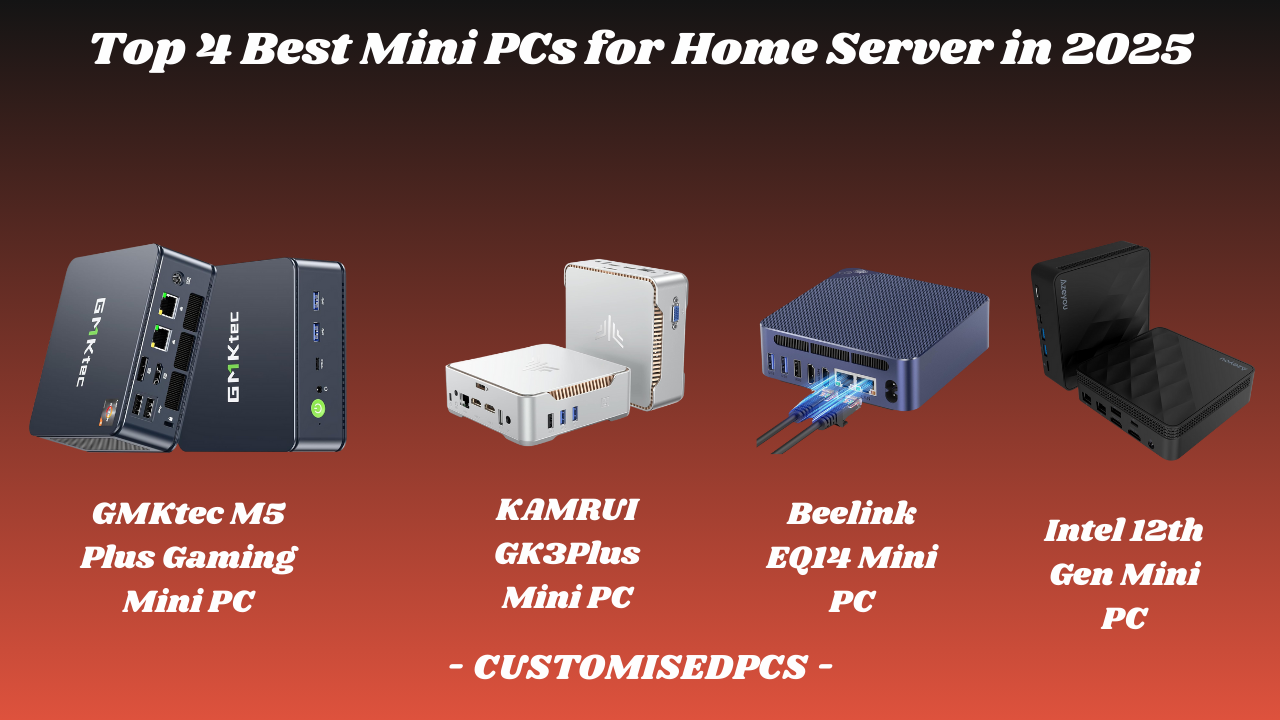


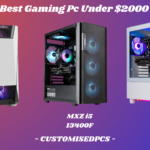


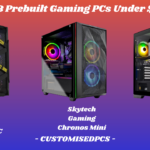
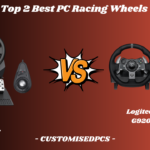



1 thought on “Top 4 Best Mini PCs for Home Server in 2025”